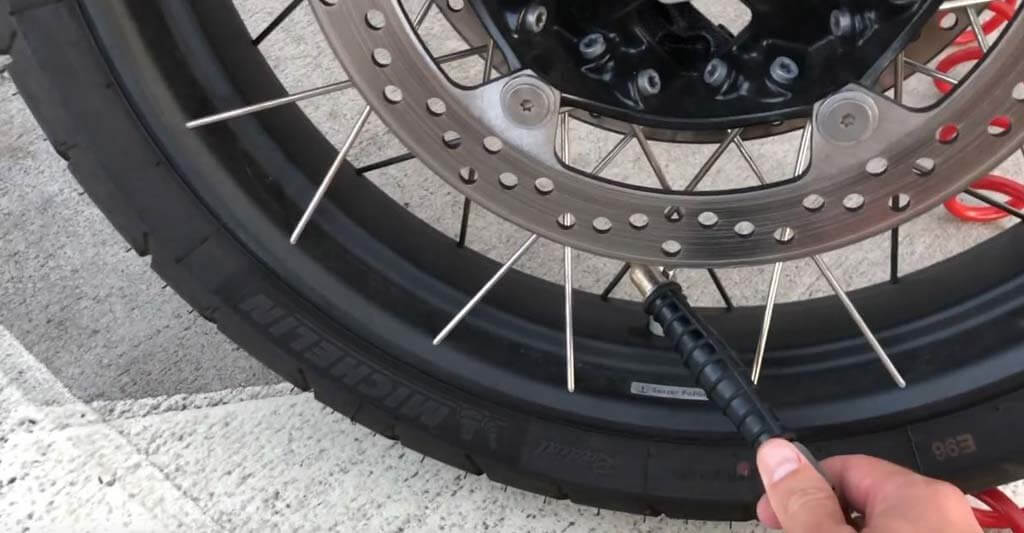If you’ve ever bought a used motorcycle you’ll have wanted to know:
Understanding tire dates is an important part of my motorcycle inspection checklist.
So here’s my 5-second guide to reading tire date codes to see how old your motorcycle’s tires are.
PS Is it spelled tyre or tire? Same word, different sides of the Pacific or Atlantic oceans. But we can all agree that tyres definitely tire. I’m spelling it “tire” because that’s what most people Google.
Well, I am. That’s why I created this site — as an outlet. I love learning and sharing what others might find useful. If you like what you read here, and you’re a fraction as obsessed as I am, you might like to know when I’ve published more. (Check the latest for an idea of what you’ll see.
)
The tire date code, also known as the DOT code is four digits giving you first the week number and then the year(in two digits) of manufacture.
You don’t have to do any math. Just remember there are 52 weeks in the year. Make it 50 for simpler mental arithmetic. So (roughly):
That’s all you need.
And in practise on the last motorcycle I bought (my Ducati Hyperstrada 821):
An example of a motorcycle tire date codeI got lucky in decoding this tire date code because the week number is “1”, which means the beginning of the year. Or unlucky, because basically, that’s a 2016 tire I bought in 2020!
Tires age and get old.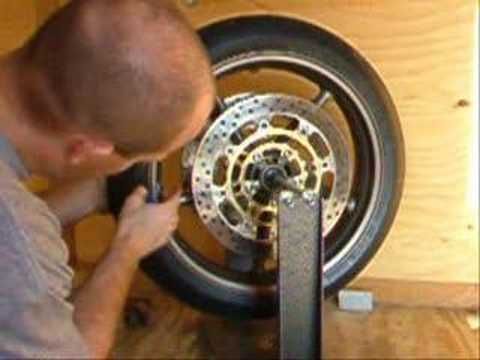 Exactly how long they can last unused depends on how they are stored. But regardless, you can use tire age as a negotiating point when buying a motorcycle.
Exactly how long they can last unused depends on how they are stored. But regardless, you can use tire age as a negotiating point when buying a motorcycle.
Often when buying a used motorcycle, you may see text that says something like this:
For example, this otherwise great looking VFR800 I came across on Craigslist:
Motorcycle ad for a bike from 2002 with “original tires”Negotiating down because of old tires is a GREAT and honest way to knock hundreds off a motorcycle. Many motorcycle owners have no idea that there’s something other than tread depth to consider.
(Of course, if the tread has worn — that makes your job easier.)
The trap you can fall into easily is thinking that just because there’s lots of tread on a tire and it looks fine, that it is fine. Not so. There are lots of ways in which a tire can fail, and rather than go into them, let’s just say that your tire is more likely to fail if it is old and hasn’t been maintained well.
Not so. There are lots of ways in which a tire can fail, and rather than go into them, let’s just say that your tire is more likely to fail if it is old and hasn’t been maintained well.
And since a pair of tyres typically costs US$200-500 (depending on what you get), this is a pricey bit of maintenance.
One thing to note is that even if your motorcycle is deemed roadworthy by a mechanic, it might still have old tires. In most jurisdictions, a bike can be sold and ridden with old tires; tread depth is the only important regulatory concern.
Tire date codes are also known as DOT codes in the US (DOT stands for Department Of Transport).
They’re common to tires from 2000 and onward in this format.
Previous to 2000, tire date codes had another format. But if you’re buying a motorcycle with tires that old, then you’re going to know they’re old… it’ll be pretty obvious!
Luckily, the tire date code format is international — it’s used worldwide.
There is lots of other information in DOT codes but the age of the tire is probably the most important.
Other good information in the tire codes is the tire dimensions — important because a tire size different to stock might be installed, which can affect the handling either adversely or positively.
Yes, it’s “legal” to sell old tires — even up to five years old.
If tires are stored well (cool, dark place) then they can last for many years.
So if you buy tires that are even five years old, that’s OK! Just make sure you’re buying them from a reputable place and that they’ve been stored well. (Don’t buy them from eBay.)
So you go reading the tire DOT code and you think… OK, the tire is 3 years old. But how important is that?
As a rough guide, from lots of reading I’ve done on the internet and from speaking to “experts” (seems everyone’s a self-proclaimed expert in this field)
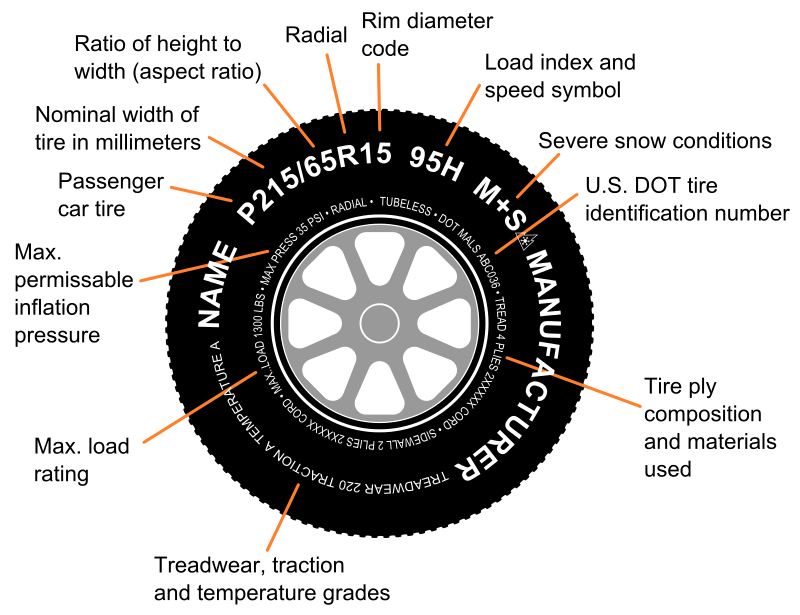 But then the motorcycle will be pretty obviously worn in other ways, like with faded paint and damaged leather/vinyl.
But then the motorcycle will be pretty obviously worn in other ways, like with faded paint and damaged leather/vinyl.There are people on the internet who dispute that tires can get too old, and insist that most riders don’t push tires nearly to their limits. I think there’s validity to this — but it’s still good to know your tire age via the tire date code so you know what you’re dealing with.
Well there you have it — how to tell motorcycle tire age via the tire date code.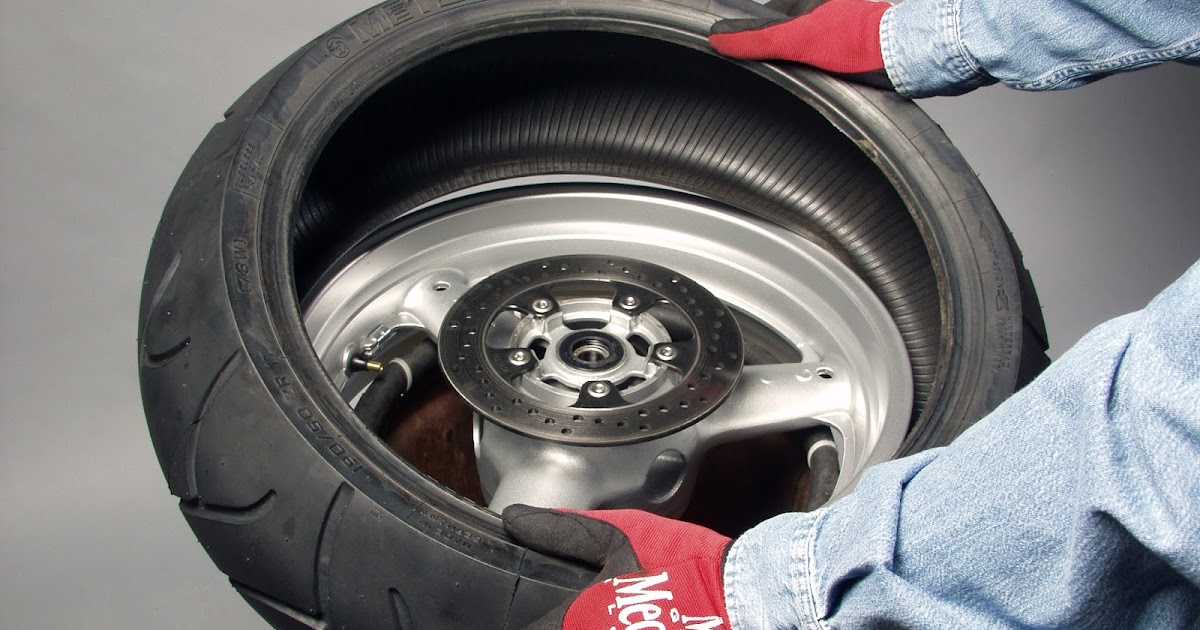 Hopefully that was a simple guide.
Hopefully that was a simple guide.
If you’re like most motorcycle riders, you probably don’t think about your tires often. But did you know that you can tell the age of a motorcycle tire just by looking at it? It’s true! This blog post will teach you how to say to the age of a motorcycle tire in just a few simple steps. We will also provide some tips on prolonging the life of your tires. So whether you are buying new tires or just trying to get more life out of your old ones, this blog post is for you!
So whether you are buying new tires or just trying to get more life out of your old ones, this blog post is for you!
Motorcycles are a fun and convenient way to get around, but they require more maintenance than your average car. One important aspect of motorcycle maintenance is tire care. Tires are the only part of the motorcycle that contact the ground, so it’s essential to make sure they’re in good condition. Checking the age of your tires is one way to ensure their safety. Tires have a lifespan of about five years, after which they start to break down and become less effective. By checking the age of your tires, you can be sure that they’re still safe to use.
Additionally, checking the age of your tires can help you plan for replacements. If you know that your tires need to be replaced soon, you can budget for the expense and avoid being caught off-guard. In summary, checking the age of your motorcycle tires is a simple but essential step in maintaining your vehicle.
There are a few things you can look at to help determine the age of a motorcycle tire. One is treadwear. Check to see how much tread is left on the tire – if it’s significantly worn down, it’s likely an older tire. You can also look at the tire’s sidewall for cracks, another sign of age. If the tire has been stored in a cool, dry place out of direct sunlight, it will probably last longer than a tire that hasn’t been kept. Finally, check the manufacturing date code – most companies put this on the tire’s sidewall, and it will tell you when it was made. Using all of these factors, you should know how old a motorcycle tire is.
You’ve just purchased a new set of tires for your motorcycle, eager to hit the road. But before you mount them onto your bike, it’s essential to take a moment to read the code on the sidewall of each tire. This code contains necessary information about the tire’s size, load rating, and speed rating. By understanding how to read this code, you can ensure that you choose the right tires for your bike and riding style.
By understanding how to read this code, you can ensure that you choose the right tires for your bike and riding style.
The code on a motorcycle tire typically looks something like this: 180/55ZR17 73W. The first number (180) is the tire’s width in millimeters. The second number (55) is the aspect ratio, which refers to the height of the sidewall as a percentage of the width. The third letter (Z) denotes the speed rating, which indicates the maximum speed at which the tire can be safely driven. Finally, the last two numbers (17) refer to the rim diameter in inches. With this information in hand, you can be sure to choose tires that will provide optimal performance for your motorcycle.
Motorcyclists know that one of the essential parts of their bike is the tires. They provide traction and stability, but they also play a significant role in determining how your bike handles and performs well. Unfortunately, tires can also be one of the most neglected parts of a motorcycle, leading to premature wear and tear.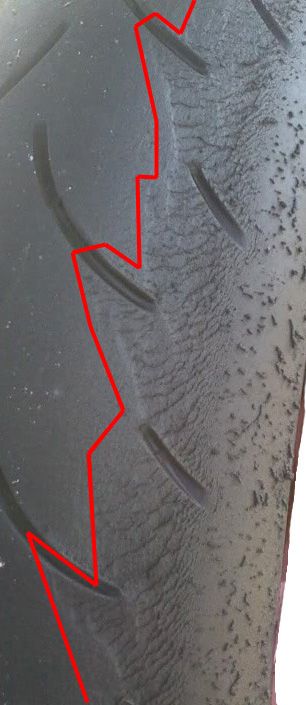 Fortunately, you can take a few simple steps to clean your motorcycle tires and help them last longer. First, use a mild soap and water solution to remove dirt or grime. Next, apply a tire shine or protectant to help repel dirt and water. Finally, regular inspection and maintenance will go a long way toward prolonging the life of your tires. By following these simple tips, you can keep your motorcycle tires in top condition for many miles.
Fortunately, you can take a few simple steps to clean your motorcycle tires and help them last longer. First, use a mild soap and water solution to remove dirt or grime. Next, apply a tire shine or protectant to help repel dirt and water. Finally, regular inspection and maintenance will go a long way toward prolonging the life of your tires. By following these simple tips, you can keep your motorcycle tires in top condition for many miles.
Many motorcycle riders don’t realize how important it is to take care of their tires. Like with a car, if you don’t take care of your motorcycle tires, they won’t last as long. Here are a few tips to help you make your motorcycle tires last longer. First, check the air pressure in your tires regularly. If the air pressure is too low, it will cause the tire to wear out faster. Second, avoid riding on rough roads whenever possible. Bumpy roads can cause the tire to wear down prematurely. Third, make sure to have your motorcycle tires balanced and aligned regularly.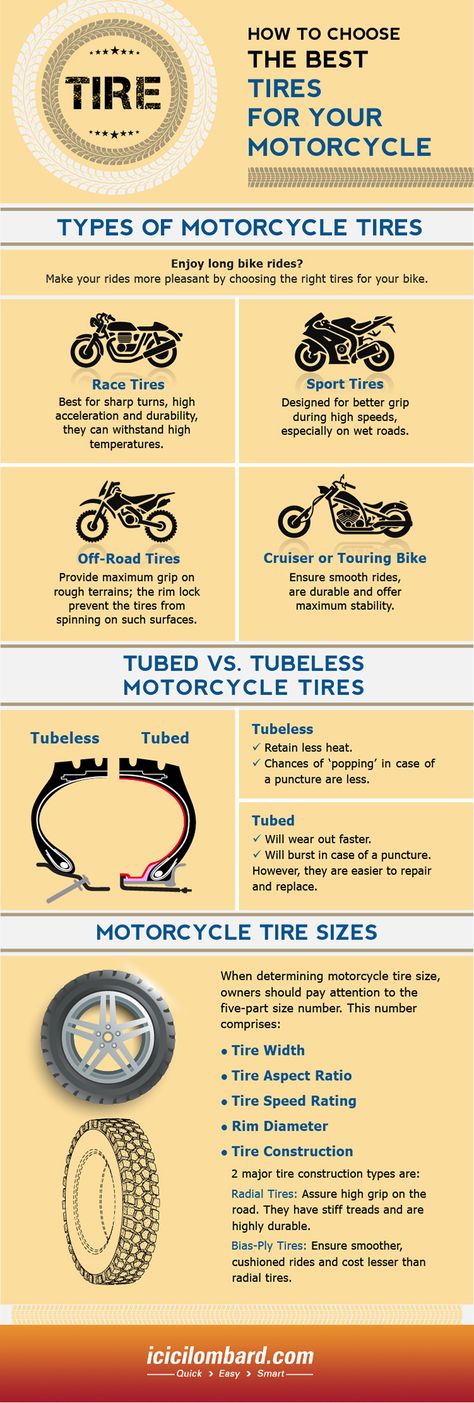 It will help to prevent uneven wear and tear. Finally, don’t forget to rotate your motorcycle tires regularly. Rotating your tires will allow them to wear evenly and last longer. If you follow these tips, you can help extend the life of your motorcycle tires.
It will help to prevent uneven wear and tear. Finally, don’t forget to rotate your motorcycle tires regularly. Rotating your tires will allow them to wear evenly and last longer. If you follow these tips, you can help extend the life of your motorcycle tires.
If you’re like most motorcycle riders, you probably don’t think much about the age of your tires. After all, as long as they have plenty of treads and aren’t showing any signs of wear, they should be good to go. Wrong. T tires have a shelf life, and riding on old tires is dangerous, but it can also void your warranty. So how can you tell the age of a motorcycle tire? Here are a few FAQs that will help you out.
The simplest way is to look at the DOT code on the side of the tire. This code will have four numbers followed by two letters. The first two numbers indicate the week of the year that the tire was manufactured, while the last two numbers represent the year. For example, if the code says “1419,” the tire was manufactured in the 14th week of 2019.
For example, if the code says “1419,” the tire was manufactured in the 14th week of 2019.
Yes. Most manufacturers recommend replacing your tires every six years, regardless of how much tread is left on them.
Tires are made of rubber, and like all rubber products, they will eventually dry out and crack. This process is accelerated by exposure to sunlight and heat, so it’s essential to store your tires in a cool, dark place when you’re not using them.
It’s not recommended. If you choose to use a tire past its expiration date, be sure to have it inspected by a qualified mechanic before hitting the road.
Old tires are one of the leading causes of motorcycle accidents, so it’s essential to know how to tell the age of a motorcycle tire. By following the tips in this article, you can help to keep your tires in top condition and avoid a potentially dangerous situation.
Do you have any questions about how to tell the age of a motorcycle tire? Leave a message in the message section, and we’ll do our best to answer them. Thanks for reading!
Motorcycle enthusiast and chief writer for MotorcycleAccident.org
What do you value most in life? Do you like to feel free, strong, determined and a little crazy? If you value drive and speed as much as we do, we are on our way!
We supply lively, fast and brave people with two wheels, a powerful engine and great aerodynamics. In our salon, you can easily pick up a motorcycle or scooter, as well as everything you need to ensure that your iron horse is always in excellent condition and pleases for as long as possible.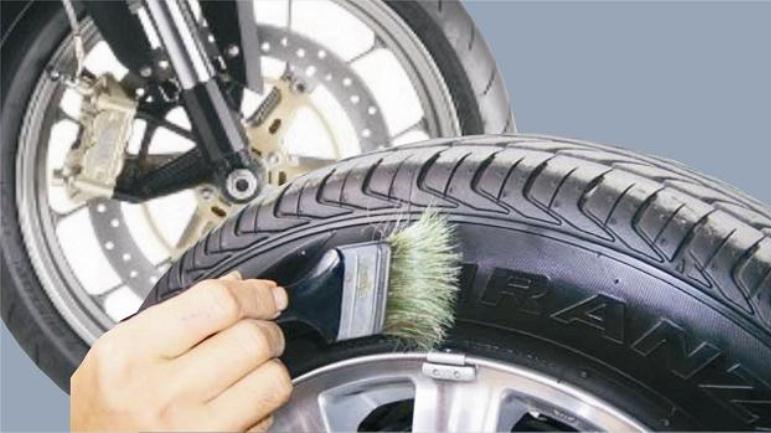 Eternal classics, fast crosses, hardy enduros and brutal choppers with a variety of parameters and the most famous brands: Honda, Yamaha, Suzuki, Kawasaki. The choice of motorcycles in our multi-brand salon is great, and you can easily find something that will best suit your needs, tastes and lifestyle.
Eternal classics, fast crosses, hardy enduros and brutal choppers with a variety of parameters and the most famous brands: Honda, Yamaha, Suzuki, Kawasaki. The choice of motorcycles in our multi-brand salon is great, and you can easily find something that will best suit your needs, tastes and lifestyle.
For the long life of the motorcycle and the safety of its owner, the quality and timely replacement of spare parts and consumables are extremely important. In our motorcycle showroom and online store you will find everything you need to repair and care for your motorcycle. Particular attention is paid to the quality of the goods, because even speed, drive and crazy energy can and should be as safe as possible!
The masters of our motorcycle service will advise you, diagnose your motorcycle and put it in full order - after all, for our masters, who sincerely love their job, there are no fatal problems.
Motorcycle equipment has long ceased to be only a means of protecting a biker from possible injuries, and has become a cult.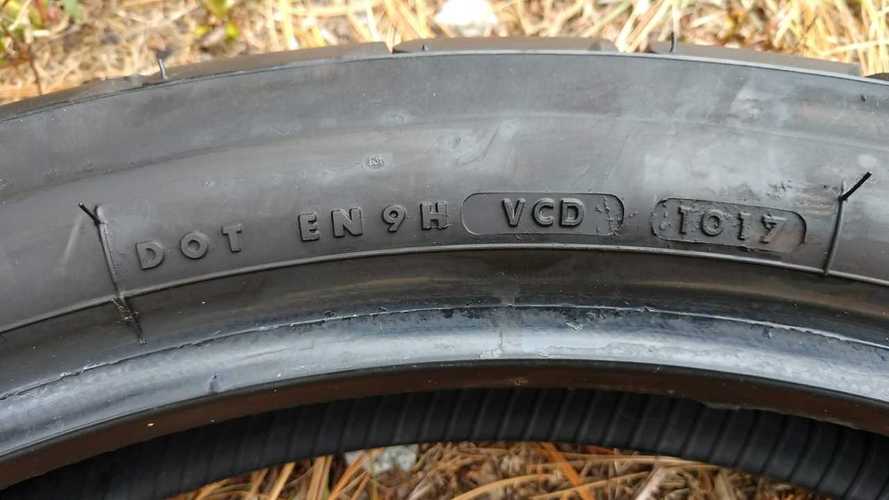 Many of its elements have purely decorative counterparts for "ordinary" people, and a biker's outfit can tell a lot about him and his motorcycle. Nevertheless, the quality and the main, protective function play a decisive role in the choice of motorcycle equipment. Buying a motorcycle helmet from famous Italian, Japanese, Korean, American, German companies means getting a standard of quality factor and safety. Samples of motorcycle jackets, overalls and pants under the brand name Dainese, AGV Sport, Clover, Difi, Icon, Halvarsons are made of durable, abrasion-resistant materials. Comfortable motorcycle shoes and durable motorcycle gloves are presented by such manufacturers as Falco, Alpinestars, Diadora, Dainese, Forma, Fox, IXS. They have the necessary properties for a comfortable everyday ride on a motorcycle, scooter or ATV. The constantly available visors, motorcycle raincoats, motorcycle vests and much more ensure the execution of the most voluminous orders.
Many of its elements have purely decorative counterparts for "ordinary" people, and a biker's outfit can tell a lot about him and his motorcycle. Nevertheless, the quality and the main, protective function play a decisive role in the choice of motorcycle equipment. Buying a motorcycle helmet from famous Italian, Japanese, Korean, American, German companies means getting a standard of quality factor and safety. Samples of motorcycle jackets, overalls and pants under the brand name Dainese, AGV Sport, Clover, Difi, Icon, Halvarsons are made of durable, abrasion-resistant materials. Comfortable motorcycle shoes and durable motorcycle gloves are presented by such manufacturers as Falco, Alpinestars, Diadora, Dainese, Forma, Fox, IXS. They have the necessary properties for a comfortable everyday ride on a motorcycle, scooter or ATV. The constantly available visors, motorcycle raincoats, motorcycle vests and much more ensure the execution of the most voluminous orders.
Experienced and beginners alike will find everything they need in our showroom.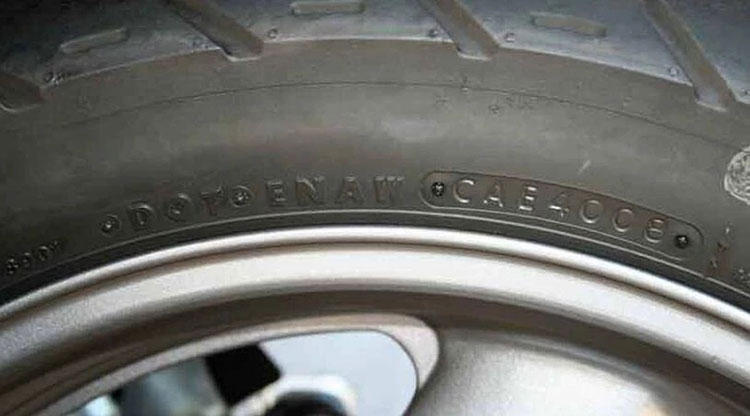 Those who are looking for motorcycle accessories as a gift for someone close to them or choose motorcycle equipment for the first time can get answers to any questions from our consultants.
Those who are looking for motorcycle accessories as a gift for someone close to them or choose motorcycle equipment for the first time can get answers to any questions from our consultants.
For those who do not want to wait and want to buy a motorcycle right now, we have a wonderful offer - the opportunity to purchase motorcycles and motorcycle equipment on credit. You will need a passport and some free time, from us - the minimum overpayment, guarantees that the product matches the description, the original mileage for used equipment, pre-sale diagnostics and the realization of your dream on the same day!
For more information, please contact our salon in person or by phone.

Oleg Plotnikov
14 reviews 39 photo
A good, positive motorcycle shop. Everything that was purchased was not imposed, but recommended with an understanding of the principle of sufficient necessity at the lowest price.
Moto-Bazaar: Oleg, thank you. Your review is the slogan of our company!!
Sergey Salnikov
7 reviews · 1 photo
Professional moto service, everything is fast and professional.
Moto-Bazaar: Sergey, thank you. We strive for perfection.
Sergey Alekseev
3 reviews 6 photos
Excellent service! And when buying a motorcycle in this salon, you will be pleasantly surprised by its condition!
Moto-Bazaar: Sergey, thank you. We spare no effort and money for the pre-sale preparation of equipment.
Ilya Prokopenko
Local expert · 65 reviews · 8 photos
Great store with professional, pleasant salespeople. I went for a jacket, the seller determined the size in a split second and delivered exactly what I needed for my budget.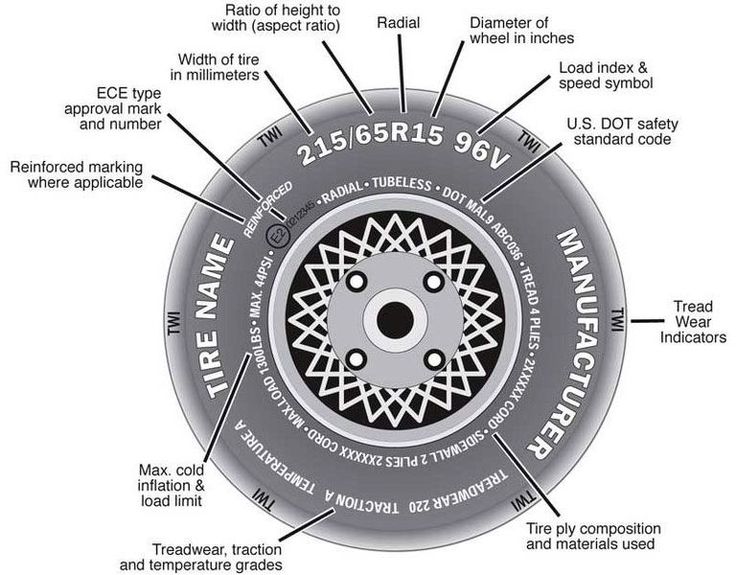 Thank you!
Thank you!
Moto-Bazaar: Ilya, thank you. You have confirmed our competence and professionalism developed over the years.
Yulia Semenova
Local expert 7 reviews
Super service.... )
Moto-Bazaar: Julia, thank you. Worked out for years.
. Prices in the online store can indeed sometimes differ. This information is posted on the website.Galina Zakharova
6 reviews
Very nice shop. The consultant competently helped to choose motorcycle equipment and gave a lot of practical advice
Moto-Bazaar: Galina, thank you. We cultivate good taste in our customers.
. But a little expensive....Moto-Bazaar: Anton, thank you. We try to fill the online store with original photos. We agree, you always want cheaper
Nikolay Artauz
Local expert 22 reviews
The only drawback is the price, I would like it to be a little cheaper. Everyone knows that Pasha bends prices a little.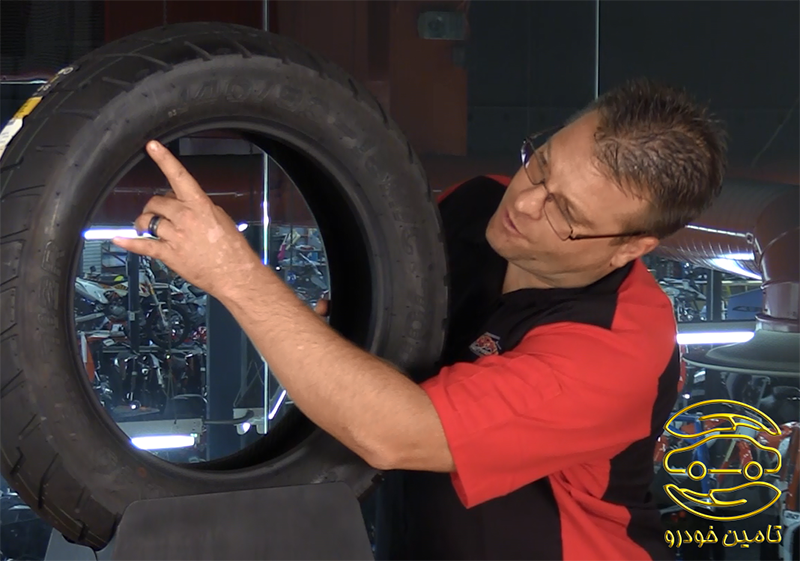
Moto-Bazaar: Nikolay, thank you. A normal human desire is to always want cheaper.
Inna Igorevna
A small selection and space prices.
Moto-Bazaar: Inna, thank you. By choice - onions, at prices - it is not known what you are comparing with.
Pavel Chumachenko
Local expert 59 reviews 2 photos
Availability of a large number of spare parts and oils..moto equipment is available for sale...there is a repair zone..
Moto-Bazaar: Pavel, thank you. Everything is exactly like that.
Once again many thanks to all from Moto-Bazar.
We are waiting for you for new purchases.
Now place orders on the website: http://moto-bazar61.ru/catalog/motoekipirovka_i_odezhda/?PAGEN_1=45
We work ON-LINE
DELIVERY ALL OVER RUSSIA
website from Sberbank, Post Bank and Tinkoff Bank. The program operates throughout Russia.
phones: 8 800 3334019, 8 989 7145011, 89604500409 (skipe, wiber, whatsapp)
https://www.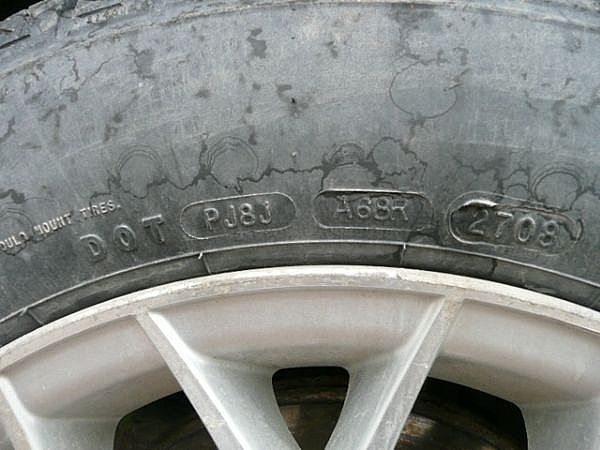 instagram.com/motobazar61/
instagram.com/motobazar61/
Moto-Bazar administration: read all reviews on GOOGLE and YANDEX maps.
Podolsk,
15 km Simferopol highway To contacts
#service #info
8 years ago
Only two small contact patches of motor rubber connect to the road motorcycle. Their total area is less than the area of the sole of the boot. Acceleration to 60 in 3 seconds, cornering at 250 mph, braking from 300 mph to 0 - all this happens in a tiny area of these two spots.
Tires are essential for motorcycle performance and rider safety.
When you change the type or model of tires, the behavior of the motorcycle on the road changes. Therefore, it is important to choose the right motor rubber. The required tire parameters for a particular motorcycle are indicated in the manual. Tire make and model are often listed. In this case, the characteristics of the specified model are taken as the necessary characteristics.
Sport - sports tires. They have the best traction and the shortest service life. Wear out in less than 3 thousand kilometers. The rubber compound is optimized for high temperature performance. The shape of the rubber is designed to maintain a sufficient footprint in deep corners at high speed. If the temperature is too low, the performance of the tire drops dramatically. The use of such rubber in the city is unsafe due to the impossibility of maintaining the operating temperature. In race conditions, the temperature of the tires is maintained with the help of heating pads and warm-up circles; it is very difficult to warm up the tires in the city, because. you have to stop, and it is difficult to constantly maintain a high speed.
you have to stop, and it is difficult to constantly maintain a high speed.
Sport Street - tires for aggressive street driving. Allows you to take turns at high speeds with a strong tilt of the motorcycle. They do not require preheating, but tire performance deteriorates when overheated.
Sport Touring - have the best balance between road grip and service life.
Touring - have the longest life and good grip at low rubber temperatures. Suitable for use in cold climates. Not designed for deep cornering at high speed.
Off road - have an angular and deep tread. Designed for stable movement on the ground, mud, sand, gravel. On asphalt pavement, stability is reduced.
All the necessary information is on the side of the rubber: type of rubber, its type, size, cord design, speed characteristics, maximum load, maximum pressure, country of production and certification, manufacturer and model, date of manufacture , labels to install. For example:
For example:
180/55 ZR-17 (73W) TL
180 - width in millimeters
55 - height in percent of width
9015 speed rating 9015 It is deciphered according to the table.R - cord type. R - radial. D - diagonal. The radial cord is lighter and is used on sportbikes. Diagonal plywood is better for shock loads and is more suitable for heavy cruisers.
17 - disc diameter in inches.
73 - load index. The load in kilograms for which the tire is designed.
W - speed index. The speed the tire is designed for. Tires with a low speed and load index are cheaper, but if the design parameters are exceeded, the tire may burst.
TL is an abbreviation for the type of rubber. TL (TubeLess) - tubeless. TT (Tube Type) - chamber.
Maximum pressure rubber is indicated on the bead in kilopascals and pounds per square inch. For example, 290 KPA (42PSI) COLD means the corresponding maximum cold pressure. Under-inflated rubber has a significantly reduced service life and performance. Therefore, in addition to daily visual control, it is necessary to check the pressure with a pressure gauge, especially before long trips and at least once a week. On one of the sides there are yellow dots or red . Manufacturers recommend combining the yellow dot with a valve. The yellow dot indicates the lightest part of the tire in terms of static balance. Strictly speaking, it must be combined with the heaviest point of the disk. But on a flat disk, this point will always be a valve. We saw a red dot only on metzeler rubber, the manufacturer also recommends combining it with a valve.
For example, 290 KPA (42PSI) COLD means the corresponding maximum cold pressure. Under-inflated rubber has a significantly reduced service life and performance. Therefore, in addition to daily visual control, it is necessary to check the pressure with a pressure gauge, especially before long trips and at least once a week. On one of the sides there are yellow dots or red . Manufacturers recommend combining the yellow dot with a valve. The yellow dot indicates the lightest part of the tire in terms of static balance. Strictly speaking, it must be combined with the heaviest point of the disk. But on a flat disk, this point will always be a valve. We saw a red dot only on metzeler rubber, the manufacturer also recommends combining it with a valve.
Rotation arrow or simply an arrow indicates the direction of rotation.
Front (front), F, Rear (rear) - indication of the front or rear wheel. Also relevant for some models of scooters.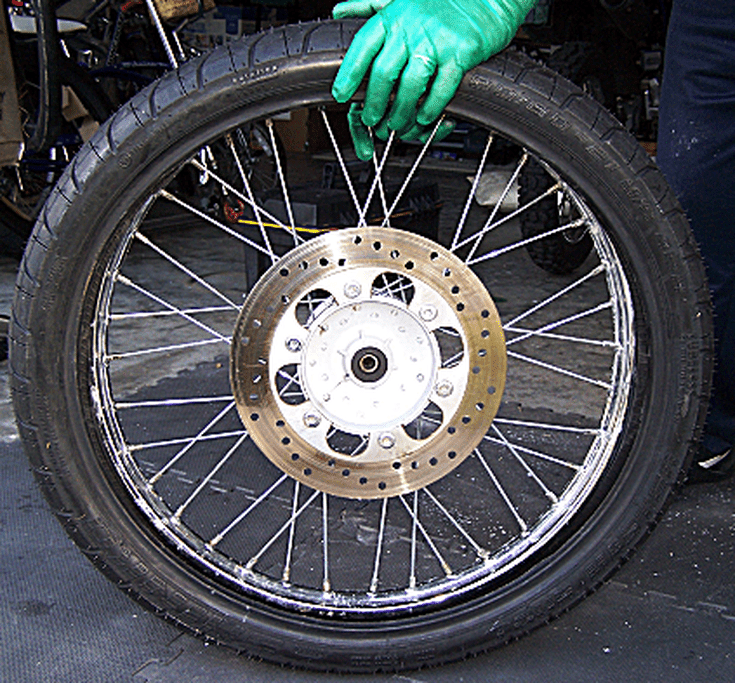
The manufacturing date of the tire is indicated by the numbers in the oval. The first two digits indicate the week number. The next one or two digits indicate the year number. For example, 3507 is the thirty-fifth week of 2007. The older the tire, the higher the risk that it could deteriorate as a result of improper storage. In various countries it is forbidden to sell tires older than 3 or 5 years. But its use is not prohibited. Therefore, when buying tires older than 5 years, you need to carefully evaluate its condition.
SIDEWALL NYLON1 TREAD NYLON 2+ARAMID 2 - designation of the type and number of cord layers (nylon, nylon or metal).
DOT, E with number, ECE certification information.
Tire must be changed when the wear of the rubber has reached at least one indicator (small protrusions in the grooves of the tread). Old rubber without mechanical wear may lose its performance due to long-term exposure to sunlight, low temperatures or its sudden changes. The rubber may become "hard", microcracks or visible cracks may appear on it. In this case, the tires need to be replaced.
The rubber may become "hard", microcracks or visible cracks may appear on it. In this case, the tires need to be replaced.
 0
0 